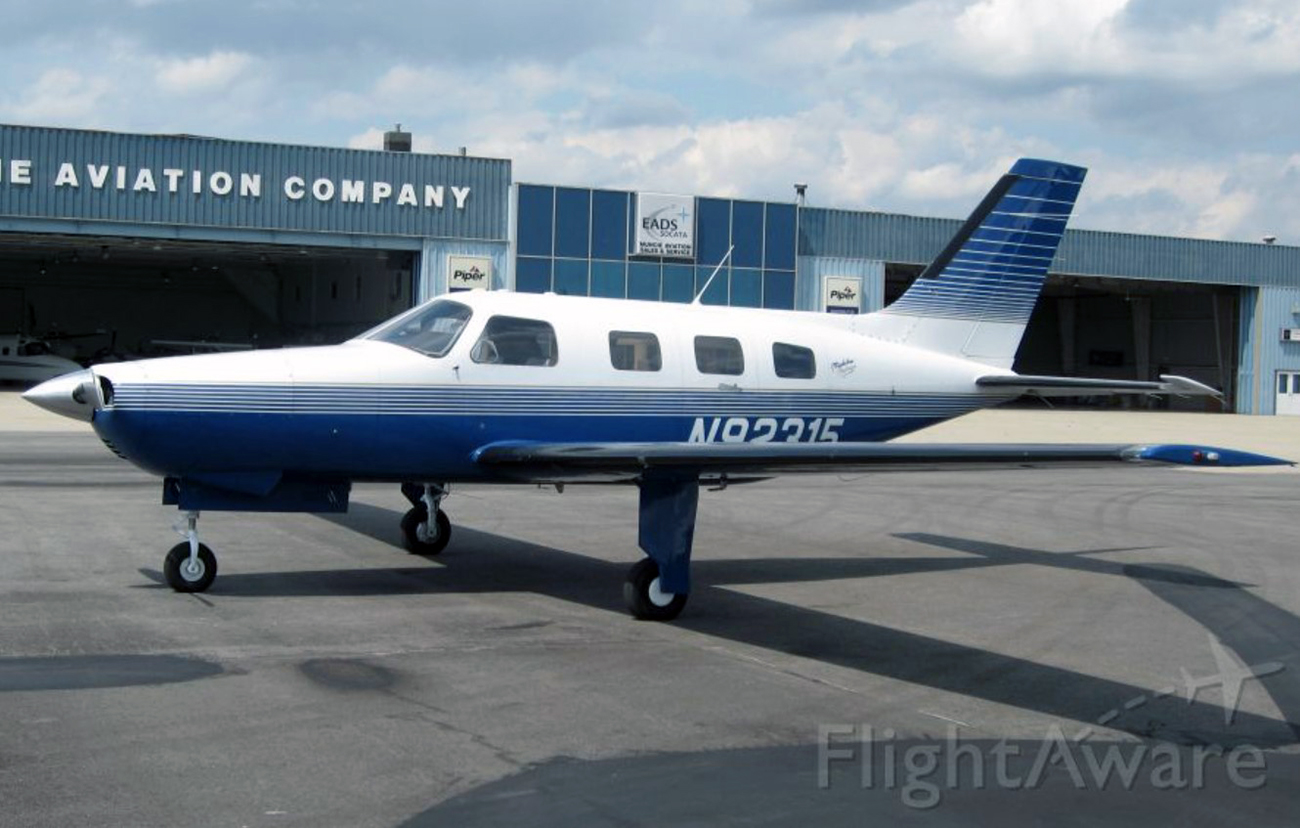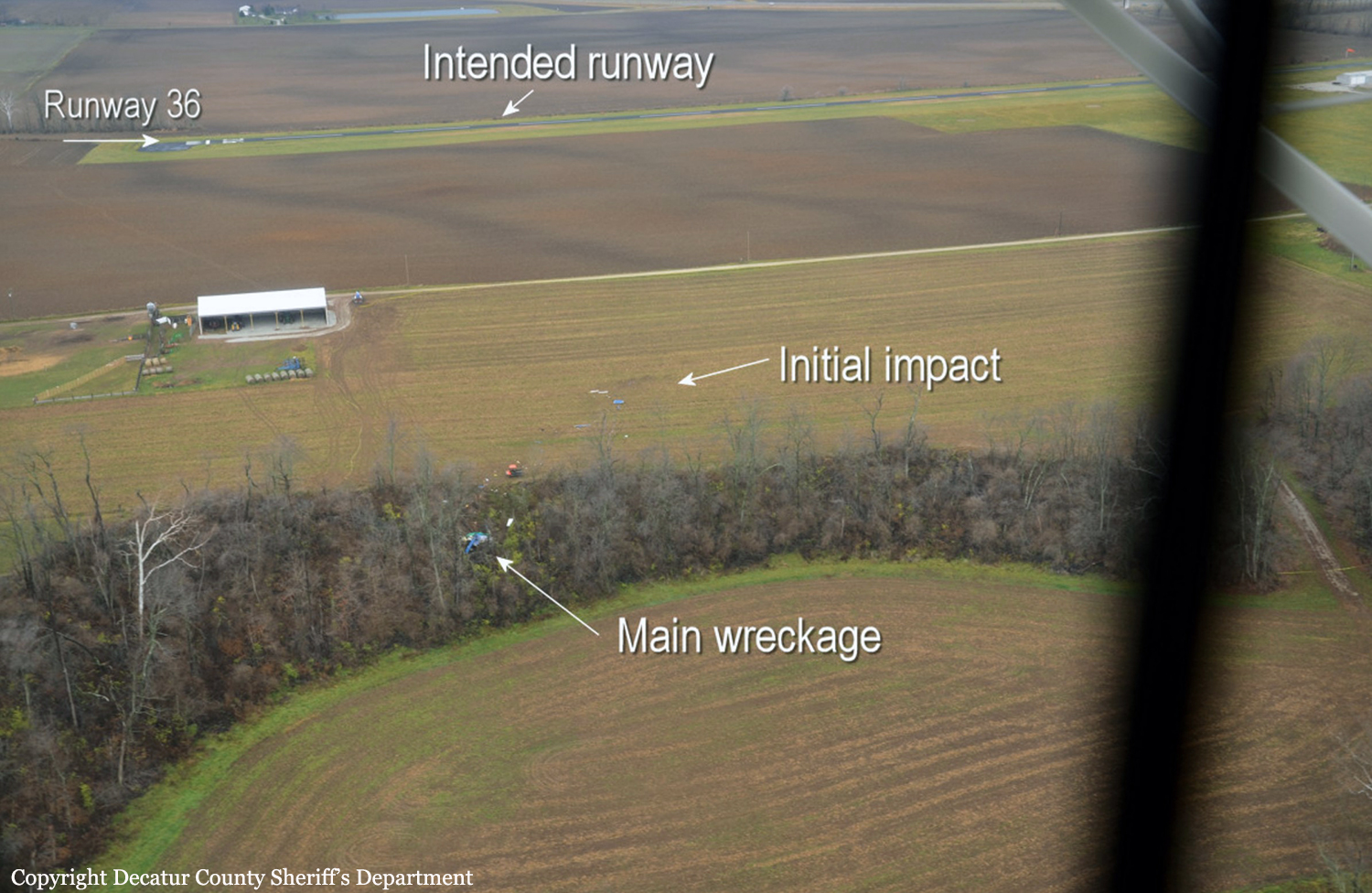Crash of a Piper PA-46-350P Malibu Mirage in Greensburg: 4 killed
Date & Time:
Dec 2, 2012 at 1816 LT
Registration:
N92315
Survivors:
No
Schedule:
Destin – Greensburg
MSN:
46-22135
YOM:
1993
Crew on board:
1
Crew fatalities:
Pax on board:
3
Pax fatalities:
Other fatalities:
Total fatalities:
4
Captain / Total hours on type:
52.00
Aircraft flight hours:
1612
Circumstances:
The instrument-rated private pilot was executing a non precision instrument approach procedure at night in deteriorating weather conditions. According to GPS track data, the pilot executed the approach as published but descended below the missed approach point's minimum altitude before executing a climbing right turn. This turn was not consistent with the published missed approach procedure. The airplane then began a series of left and right ascending and descending turns to various altitudes. The last few seconds of recorded data indicated that the airplane entered a descending left turn. Two witnesses heard the airplane fly overhead at a low altitude and described the weather as foggy. Reported weather at a nearby airport about 26 minutes before the accident was visibility less than 2 miles in mist and an overcast ceiling of 300 feet. A friend of the pilot flew the same route in a similarly equipped airplane and arrived about 30 minutes before the accident airplane. He said he performed the same approach to the missed approach point but never broke out of the clouds, so he executed a missed approach and diverted to an alternate airport. A postaccident examination of the airframe and engine revealed no evidence of mechanical malfunctions or failures that would have precluded normal operation. Federal Aviation Administration Flight Training Handbook Advisory Circular 61-21A cautions that pilots are particularly vulnerable to spatial disorientation during periods of low visibility due to conflicts between what they see and what their supporting senses, such as the inner ear and muscle sense, communicate. The accident airplane's maneuvering flightpath, as recorded by the GPS track data, in night instrument meteorological conditions is consistent with the pilot's loss of airplane control due to spatial disorientation.
Probable cause:
The pilot's failure to maintain airplane control while maneuvering in night instrument meteorological conditions due to spatial disorientation.
Final Report:

